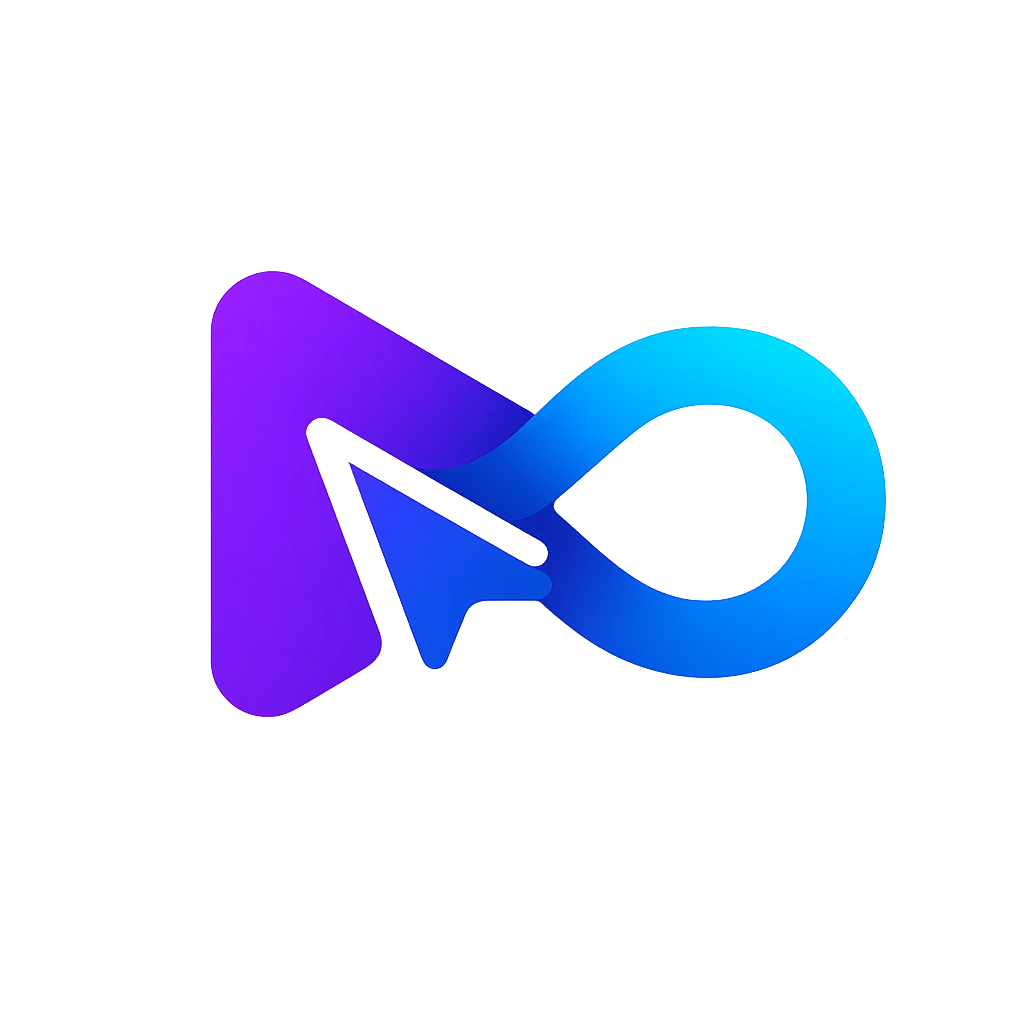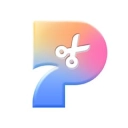AI Vision Language Understanding Tool

What is minigpt-4.github.io?
Minigpt-4.github.io serves as the official platform for MiniGPT-4, an openly accessible vision-language system capable of generating textual content based on images. MiniGPT-4 utilizes the extensive language model Llama2 Chat 7B and boasts functionalities including image captioning, story composition, website design, and more. On the website, users can access the research paper, codebase, demonstration, video resources, dataset, and model associated with MiniGPT-4, alongside provided examples showcasing its outputs. The development of MiniGPT-4 is credited to a team of researchers affiliated with King Abdullah University of Science and Technology.
How does minigpt-4.github.io work?
MiniGPT-4 operates through the integration of a visual encoder and a language decoder, facilitating text generation based on images. The visual encoder comprises two pretrained models: ViT and Q-Former. These models extract visual features from the input image and align them within a unified space with the language decoder. The language decoder, referred to as Vicuna, is an advanced large language model derived from LLaMA, exhibiting a quality level of 90% compared to ChatGPT as assessed by GPT-4 evaluations. Vicuna accepts both visual features and textual prompts as inputs, effectively generating coherent and contextually relevant textual outputs.
How much does minigpt-4.github.io cost?
Minigpt-4.github.io offers its resources as a freely accessible and open-source initiative, not imposing any charges for utilizing its code, model, or demo. Nevertheless, to execute MiniGPT-4 locally, users must possess a compatible GPU equipped with sufficient memory and computational capability. As indicated in the GitHub repository, MiniGPT-4 demands approximately 23 GB of GPU memory for training purposes and 11.5 GB for inference tasks. Prospective users can explore GPU prices through various online platforms or leverage cloud services offering GPU accessibility. Alternatively, individuals can opt for the online demo of MiniGPT-4, which operates on a server, obviating the need for installation or configuration on personal devices.
What are the benefits of minigpt-4.github.io?
minigpt-4.github.io offers several advantages:
- Text Generation: It enables the generation of textual content based on images, encompassing captions, stories, poems, websites, and various other forms of text.
- Problem Solving: The platform provides solutions to depicted problems within images, ranging from instructional guides on cooking, fixing, to learning various skills.
- Instructional Content: Users can learn various skills through visual demonstrations, including drawing, painting, or playing musical instruments, facilitated by image-based instructional texts.
- Interactive Conversations: It fosters engaging and interactive conversations with users centered around their submitted images, enhancing user interaction and experience.
- Free and Open-Source: The project operates on a free and open-source basis, allowing unrestricted access to its code, model, and demo for anyone interested in utilizing its functionalities.
What are some limitations of minigpt-4.github.io?
Some of the limitations of MiniGPT-4 include:
Speed Constraints: Despite employing high-end GPUs, MiniGPT-4 may exhibit sluggishness in generating text based on images, potentially impacting user experience and system responsiveness.
Reliance on Large Language Models (LLMs): MiniGPT-4's foundation on large language models introduces inherent shortcomings such as unreliable reasoning abilities and susceptibility to generating non-existent knowledge. This may result in outputs that are inaccurate or misleading, particularly in handling complex or ambiguous tasks.
Lightweight Nature: MiniGPT-4 serves as a lightweight alternative to GPT-4, implying a smaller dataset, fewer parameters, and reduced capabilities compared to the original model. This limitation can constrain its generalization, creativity, and performance across diverse domains and languages.
What are the unique features of MiniGPT-4 compared to previous vision-language models?
MiniGPT-4 distinguishes itself from preceding vision-language models by aligning a frozen visual encoder with a large language model, Vicuna, using only a projection layer. This configuration allows for remarkable capabilities such as generating detailed image descriptions, creating websites from handwritten drafts, and developing stories and poems inspired by images. Furthermore, MiniGPT-4 can offer solutions to image-based problems and guide users through cooking recipes from food photos. These features showcase its advanced multi-modal abilities akin to those found in GPT-4.
How does MiniGPT-4 enhance the quality of generated content from images?
MiniGPT-4 enhances the quality of content generated from images by employing a two-stage training process. Initially, pretraining occurs on raw image-text pairs, which may yield disjointed language outputs. To overcome this limitation, a finely curated dataset with well-aligned image-text pairs is used in the second stage of training, where the model finetunes using a conversational template. This additional step significantly augments the coherence and reliability of the model's output, ensuring that generated text is contextually relevant and fluent.
What components make up the architecture of MiniGPT-4, and how do they function collaboratively?
The architecture of MiniGPT-4 consists of three integral components: a vision encoder with pretrained ViT and Q-Former models, a singular linear projection layer, and the Vicuna large language model. The vision encoder extracts and processes visual features from images, which are subsequently aligned with the Vicuna language model through the linear projection layer. This streamlined approach allows the model to generate meaningful textual content based on visual inputs, illustrating a seamless collaboration between the encoder and the language model for effective vision-language integration.





























